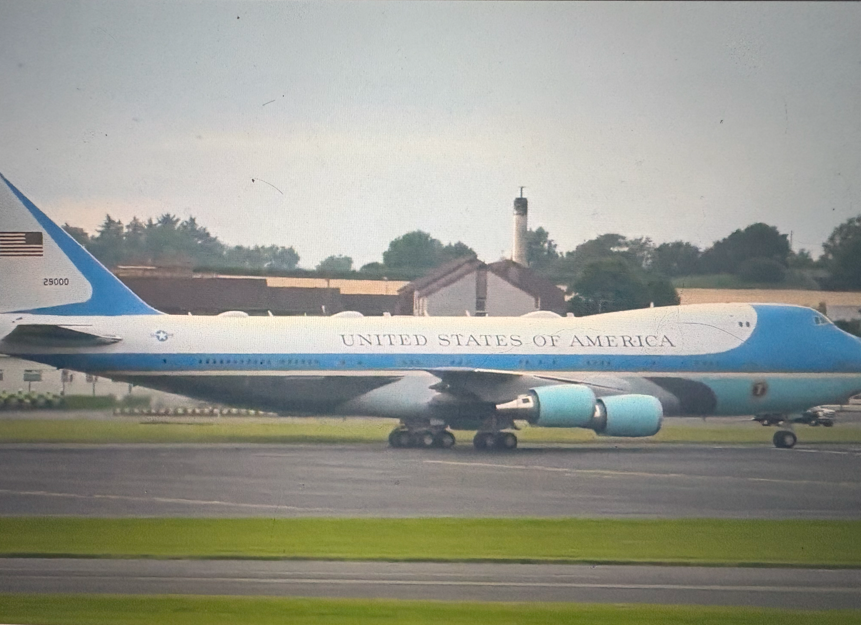illphated
The Iconic Beeps of Space: Unpacking Quindar Tones
If you’ve ever listened to historical NASA mission audio, you’ve undoubtedly heard them: those distinctive, almost melodic beeps that bookend transmissions between Earth and orbiting spacecraft. For many, they’re an integral part of the soundtrack to humanity’s journey to the stars. But what exactly were those beeps, and why were they there? At illphated.com, we’re diving into the fascinating world of Quindar tones.
More Than Just Noise: A Crucial Communication Tool
Far from being mere background static, Quindar tones were a vital component of early space communication systems. Imagine this: a spacecraft whizzing around the Earth, constantly moving in and out of range of various ground stations. Mission Control in Houston needed a way to seamlessly connect with these remote sites, instructing them to activate their powerful transmitters when the spacecraft was overhead, and then switch them off to conserve power and avoid interference when it passed.
This is where Quindar tones came in.
How They Worked: The Symphony of Frequencies
The system was ingeniously simple. When a Capsule Communicator (CapCom) at Mission Control in Houston wanted to speak to an astronaut, they would press a “push-to-talk” (PTT) button. This action didn’t just open a voice channel; it generated a brief, high-pitched tone, typically around 2,525 Hz. This was the “intro” tone.
Once the CapCom finished speaking and released the PTT button, a second, slightly lower-pitched tone, around 2,475 Hz, would be generated. This was the “outro” tone.
These two distinct audio frequencies, often perceived as simple “beeps,” traveled along the same communication lines as the voice itself. At the remote ground stations scattered across the globe, specialized equipment would detect these tones. The “intro” tone signaled the equipment to power up its powerful radio transmitter, allowing the CapCom’s voice to be broadcast to the spacecraft. The “outro” tone, conversely, instructed the transmitter to power down.
The Era of Efficiency: Why Tones Over Dedicated Lines?
In the pioneering days of space exploration, establishing dedicated, complex communication lines capable of carrying both voice and separate control signals to every remote ground station was prohibitively expensive and technically challenging. Quindar tones offered an elegant, cost-effective solution. By embedding control signals directly into the audio stream as specific frequencies, NASA could achieve reliable remote control using existing voice communication infrastructure.
A Legacy That Lingers
While modern digital communication technologies have long since rendered Quindar tones technically obsolete, their iconic sound remains a beloved part of space history. For many, they evoke the tension, excitement, and groundbreaking achievements of missions like Apollo. In some cases, flight controllers even appreciate the audible cue that a transmission is beginning or ending, keeping the spirit of the Quindar tones alive, even if the underlying technology has evolved.
So, the next time you hear those familiar beeps on a vintage space recording, remember: you’re not just hearing a simple noise. You’re hearing a sophisticated, efficient, and now legendary piece of space communication history, a testament to human ingenuity reaching for the stars.
EmailURL







v3185g
iljhj3
llltoo